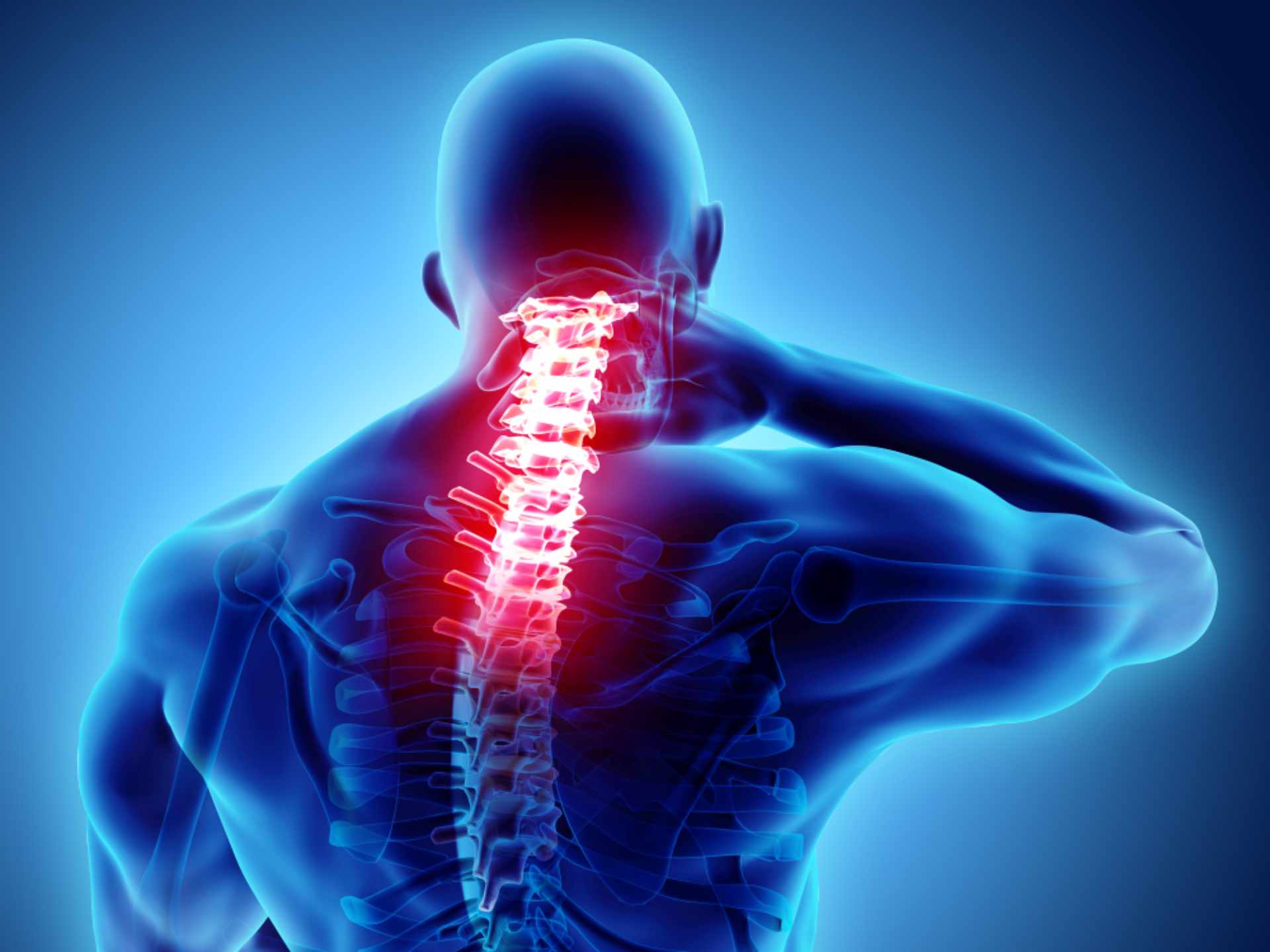Understanding and Alleviating Neck Pain: A Comprehensive Guide.
Neck pain is a prevalent and often debilitating condition that can affect people of all ages and backgrounds. Whether it stems from poor posture, muscle strain, or underlying medical conditions, neck pain can significantly impact one’s quality of life. In this article, we will explore the various causes, symptoms, preventive measures, and treatment options for neck pain.
To Know More About It Please Click Here
Causes of Neck Pain
- Muscle Strain: Poor posture, especially in the era of increased screen time and sedentary lifestyles, is a common cause of muscle strain leading to neck pain. Prolonged periods of sitting or looking down at electronic devices can strain the neck muscles.
- Injury and Trauma: Accidents, falls, or sudden jerks can result in injuries to the neck, such as whiplash, leading to acute or chronic neck pain.
- Degenerative Disorders: Conditions like osteoarthritis or degenerative disc disease can cause wear and tear on the cervical spine, leading to chronic neck pain.
- Poor Ergonomics: Incorrect positioning of workstations, improper pillow support during sleep, and inadequate workplace ergonomics can contribute to persistent neck pain.
- Stress and Tension: Emotional stress and tension can manifest physically, leading to muscle stiffness and pain in the neck and shoulders.
Symptoms of Neck Pain
- Pain and Stiffness: The most obvious symptoms of neck pain are discomfort and stiffness in the neck, which may extend to the shoulders and upper back.
- Headaches: Neck pain often accompanies tension headaches, which can be a result of muscle tension in the neck and shoulders.
- Numbness or Tingling: In more severe cases, neck pain may be accompanied by numbness or tingling sensations, indicating nerve compression.
Preventive Measures
- Maintain Good Posture: Be mindful of your posture, especially when sitting for extended periods. Keep the spine aligned, and avoid slouching.
- Regular Exercise: Strengthening and stretching exercises can help maintain flexibility and reduce the risk of muscle strain. Focus on neck-specific exercises to improve strength and mobility.
- Ergonomic Workstations: Ensure your workspace is set up to support good posture. Adjust the height of your chair and monitor to minimize strain on the neck.
- Stay Hydrated: Proper hydration helps maintain the elasticity of spinal discs, reducing the risk of degeneration.
Treatment Options
- Physical Therapy: A physical therapist can provide targeted exercises and techniques to alleviate neck pain and improve mobility.
- Medication: Over-the-counter pain relievers or prescribed medications may be recommended to manage pain and inflammation.
- Heat and Cold Therapy: Applying heat or cold packs to the affected area can help reduce inflammation and ease muscle tension.
- Massage and Chiropractic Care: These therapies can provide relief by addressing muscle tightness and misalignments in the spine.
- Invasive Procedures: In severe cases, when conservative measures fail, surgical intervention may be considered to address structural issues contributing to neck pain.
To Know More About It Please Click Here
Conclusion
Neck pain is a common and often preventable condition that can significantly impact daily life. By understanding its causes, and symptoms, and implementing preventive measures, individuals can take proactive steps to maintain a healthy neck and reduce the risk of pain and discomfort. If neck pain persists or worsens, seeking professional medical advice is crucial to determine an appropriate treatment plan tailored to individual needs.







